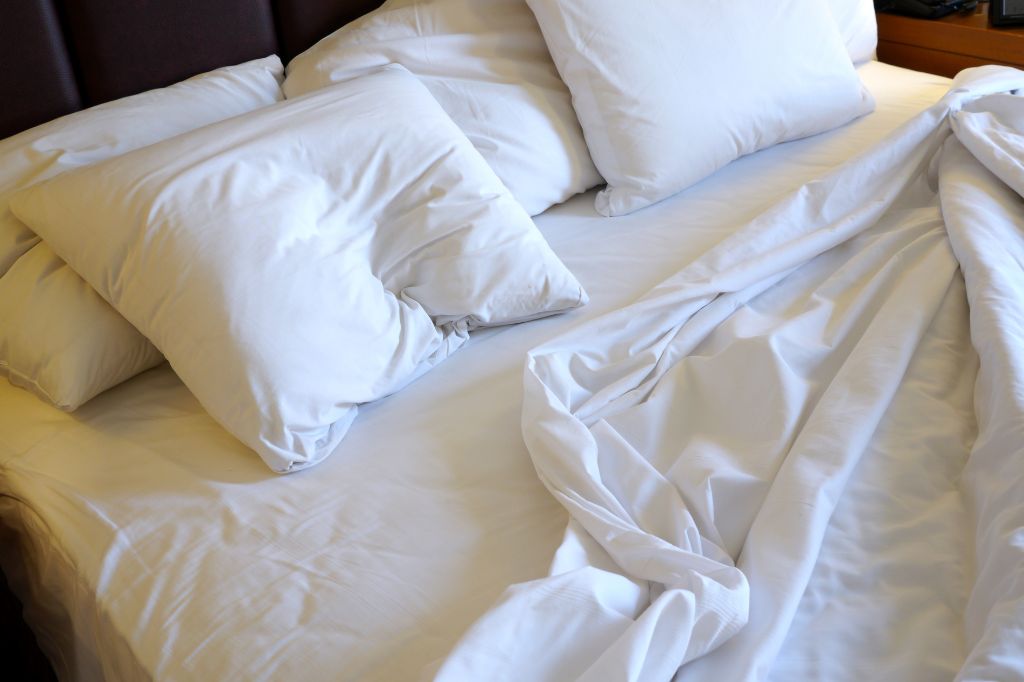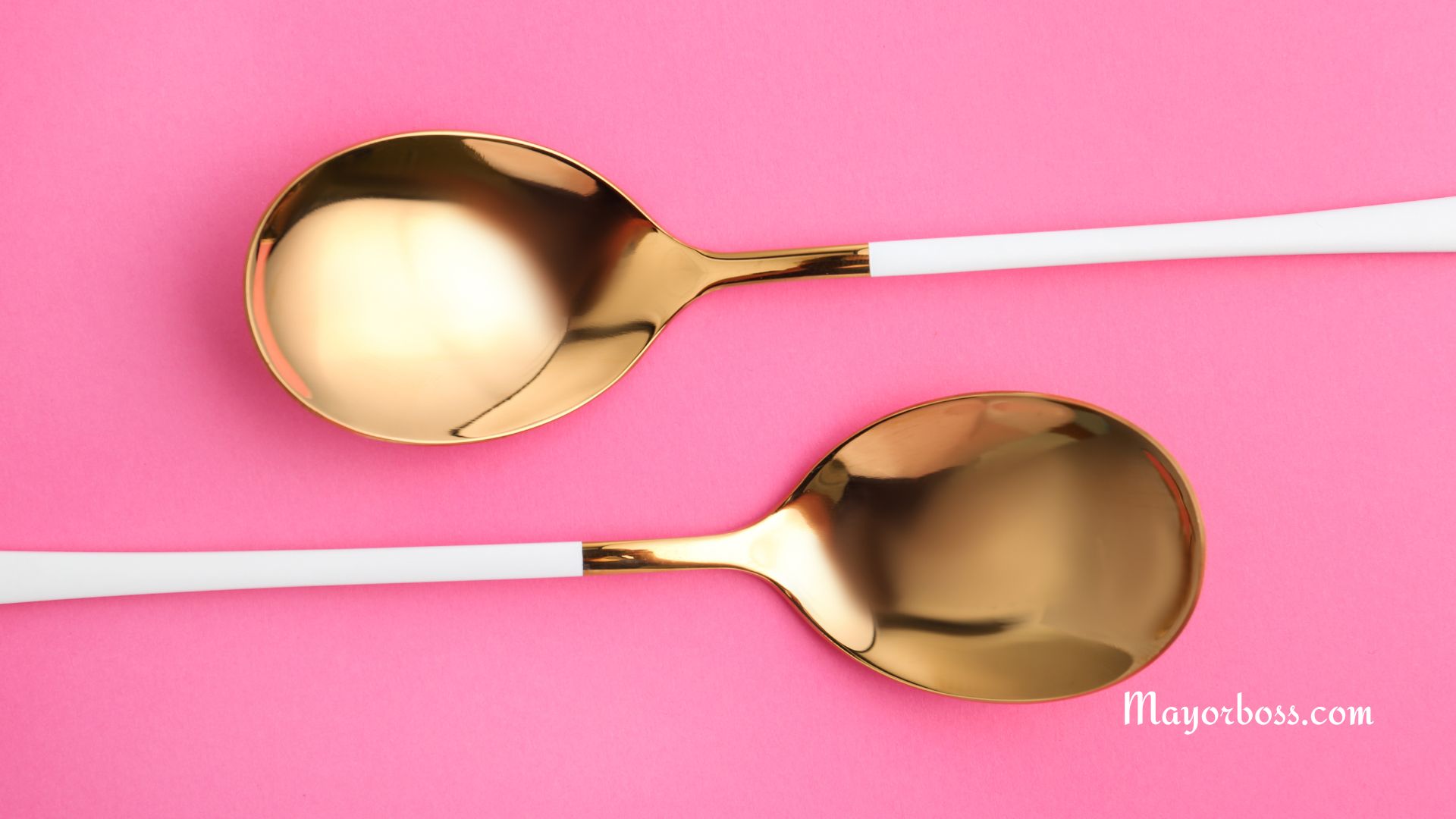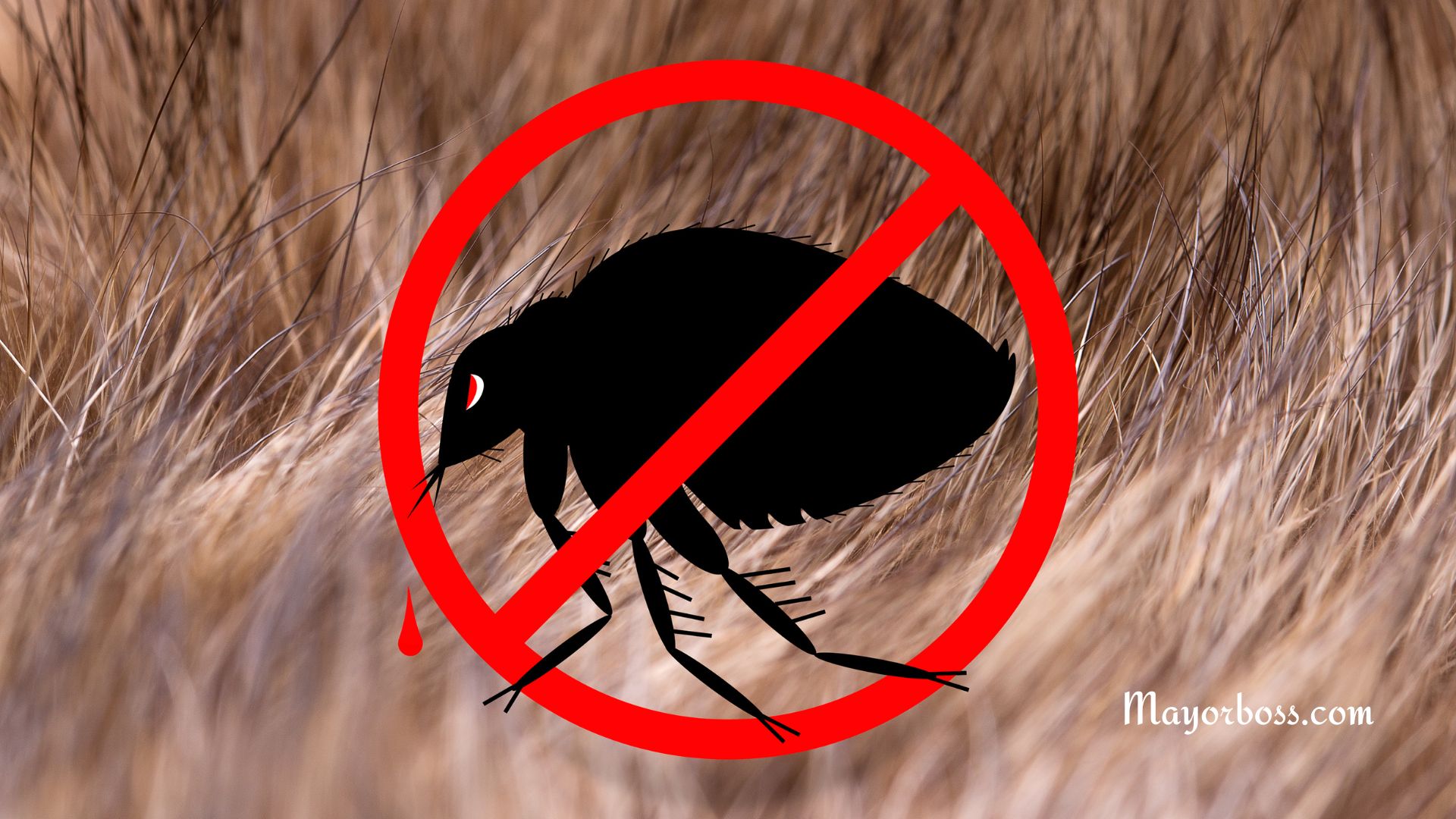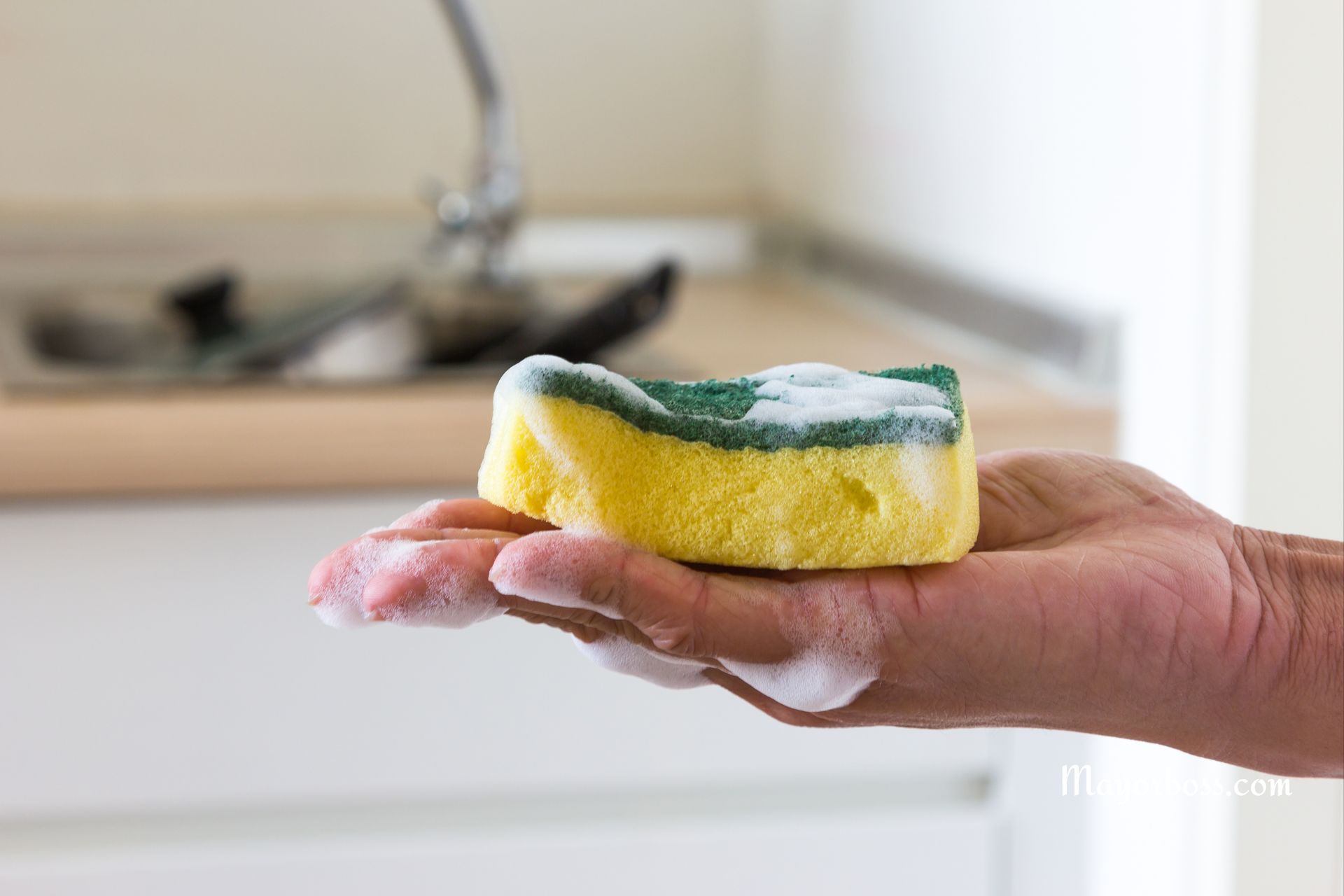What Happens When You Walk Barefoot (According to Scientists)
Walking barefoot has become quite popular in recent years as more and more people advocate for the health benefits of grounding or earthing. Grounding is the practice of walking barefoot on the earth to encourage a better flow of electrons from the ground into your body. This flow of electrons is said to help reduce inflammation, improve sleep, and reduce pain.
But what does the science say? Does evidence back up these claims, or are they merely anecdotal? Orthopedic professionals say that walking barefoot helps restore our natural walking pattern. Alternative medicine practitioners claim that walking barefoot is how we were designed to walk. Wearing shoes with heels alters our natural gait, which can lead to issues like Achilles tendonitis and kneecap pain.
In this post, we will explore what really happens to your body when you walk barefoot, according to scientists.
Let’s jump right in.
What Happens When You Walk Barefoot
1. Improved posture
Walking barefoot can help to improve your posture by strengthening the muscles in your feet and ankles. When these muscles are strong, they can better support the bones in your feet and ankles, which helps to keep your entire skeleton in alignment. This can also help to prevent injuries.
2. Improved balance
Walking barefoot can help you maintain a good balance. When you walk barefoot, you are forced to use the muscles in your feet and ankles to maintain your balance, which can help to improve your overall sense of balance.
3. Increased proprioception
Proprioception is your body’s ability to know where it is in space. Walking barefoot can help to increase proprioception by providing sensory input to the bottom of your feet. This input helps your brain to better understand where your body is in relation to the rest of the world around you.
4. Reduced stress
Walking barefoot on grass or sand can help reduce stress and anxiety and improve your overall mood. Because when walking barefoot, you are stimulating pressure points on the bottom of your feet that are connected to different organs in your body. These pressure points can help to release tension and relax the mind and body.
5. Improved circulation
Walking barefoot is believed to help enhance circulation. This is because the soles of your feet are rich in blood vessels and nerve endings, which are stimulated when you walk without shoes. This stimulation is thought to help encourage blood flow throughout your body and may even help reduce inflammation.
6. Boost immunity
Research has shown that walking barefoot may help to boost our immune system. In one study, people who walked barefoot significantly increased white blood cells. White blood cells are important for fighting off infection and disease.
7. Strengthened muscles
Walking barefoot can also help to strengthen the muscles in your feet and ankles by providing resistance as you walk. These strengthened muscles can then help to support your joints and bones, which can reduce the risk of injuries.
8. Reduced inflammation
According to research published in the Journal of Inflammation Research, walking barefoot allows for the transfer of negative-charged electrons from the Earth to our bodies. These electrons work as natural antioxidants and help to reduce inflammation by fighting against oxidative stress. In addition, research has shown that grounding (or earthing) can also help to reduce blood markers of inflammation. Therefore, walking barefoot may be a simple and effective way to reduce inflammation in the body.
9. Improved sleep
Barefoot walking has been shown to improve sleep quality by reducing the time it takes to fall asleep and increasing the overall duration of sleep. One study found that people who walked barefoot before bedtime fell asleep more quickly and experienced a deeper sleep.
10. Relieves menstrual pain
Walking barefoot can also help relieve menstrual pain. The pressure on your feet from walking can help release endorphins, which can help reduce cramping and other forms of discomfort. Additionally, walking helps improve circulation, which can also ease the pain.
What Are The Risks Associated With Walking Barefoot?
1. You might injure yourself
One of the most obvious dangers of walking barefoot is that you’re more likely to injure yourself since you don’t have any protection for your feet. Even if you’re careful, you could step on something sharp or slip and fall, leading to cuts, scrapes, or bruises. In more severe cases, you could even break a bone. If you decide to walk barefoot, it’s important to be extra cautious and watch where you step.
2. You’re more susceptible to diseases and infections
Since your feet are constantly coming into contact with dirt and germs when you walk barefoot, you’re more likely to contract a disease or infection. An athlete’s foot, for example, is a common fungal infection that thrives in warm, moist environments—such as the inside of your shoes. Walking barefoot, you’re also at risk of hookworm and other parasitic infections if you step on contaminated soil.
If you have diabetes, you should be especially careful when walking barefoot, as you’re at a higher risk for foot injuries.
How To Walk Barefoot Safely
1. Start slow
If you’re not used to walking barefoot, start by walking for just a few minutes at a time. Gradually increase the amount of time you spend barefoot as your body gets used to it.
2. Avoid hot surfaces
Walking on hot pavement or sand can cause burns or blisters. Stick to cooler surfaces like grass until your feet get tougher.
3. Be careful of sharp objects
Broken glass, nails, and other sharp objects can easily pierce through thin skin, so be sure to watch where you step when walking barefoot outdoors.
4. Avoid contaminated soil
Avoid walking in an area where there might be animal feces or other contamination. This will help reduce your exposure to bacteria and other microbes that could cause infection.
5. Stretch before and after
Walking barefoot can be tough on your feet and lower legs, so it’s important to stretch before and after you walk. This will help decrease the risk of injury and help you recover more quickly if you do get injured.
6. Keep your feet clean and dry
After walking barefoot, wash your feet with soap and water to remove any dirt or bacteria. Be sure to dry your feet thoroughly, as moisture can promote the growth of bacteria and fungi.
7. Inspect your feet regularly
Take a moment at the end of each day to inspect your feet for cuts, scrapes, blisters, or any other signs of injury or infection. If you notice any redness, swelling, or pain, make sure to see a doctor right away.
8. Moisturize your feet regularly
This will help to keep the skin on your feet supple and prevent cracking.
Summary
Walking barefoot has a plethora of benefits, according to science. These benefits include improved posture, increased proprioception, reduced stress, and improved circulation. Walking barefoot can also help to boost immunity, reduce inflammation, and improve sleep. Additionally, walking barefoot can help relieve menstrual pain.
If you’re interested in improving your health, start by incorporating some barefoot walks into your routine. Be sure to walk slowly at first so that your body can adjust, and be aware of potential hazards. With a little practice, you’ll be reaping the benefits of walking barefoot in no time!






